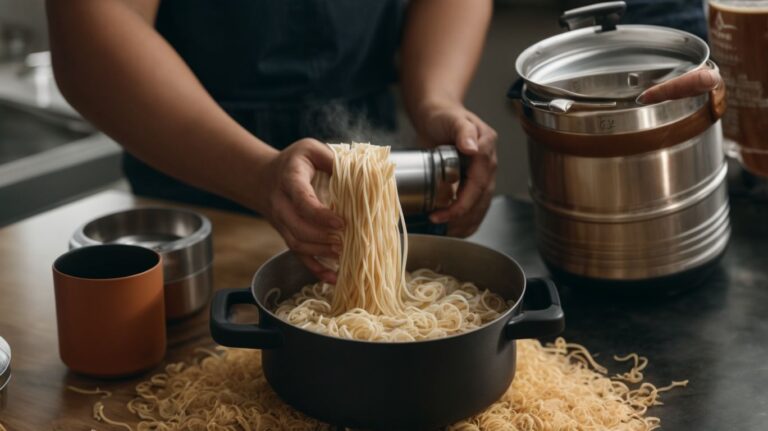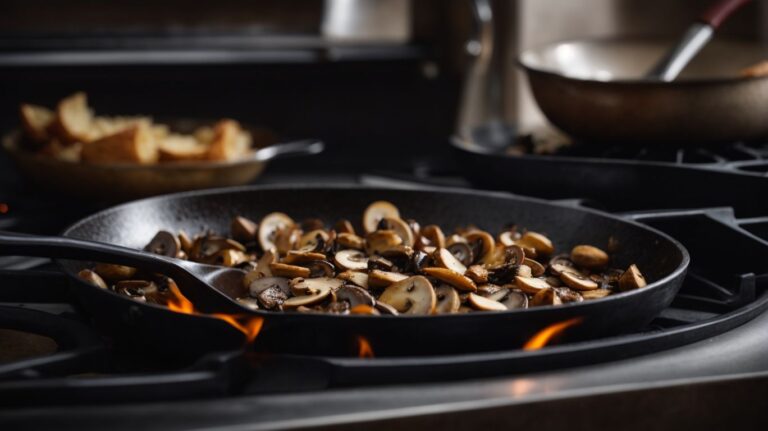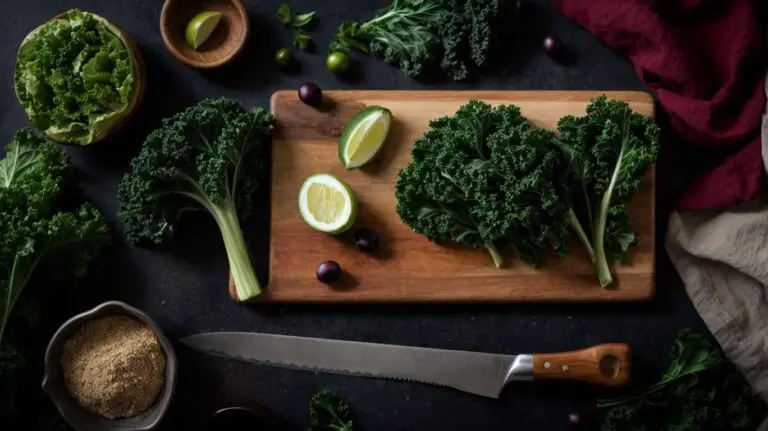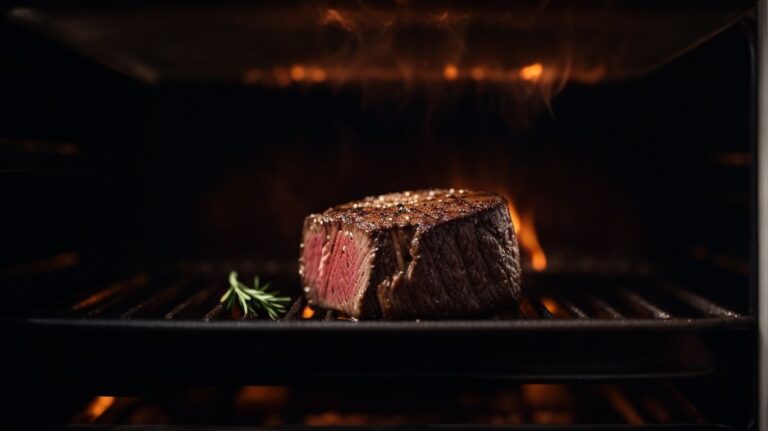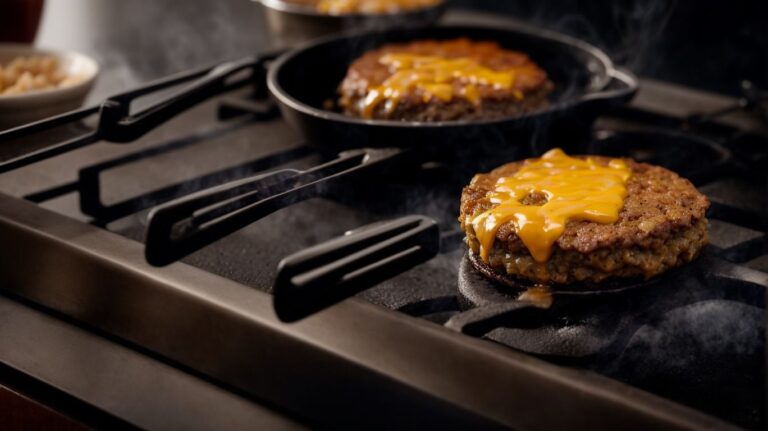How to Cook Ramen With Microwave?
Are you a fan of ramen but always short on time?
We will explore the world of ramen, from its fascinating history to the different types available.
Learn how to cook ramen using a microwave with benefits, step-by-step instructions, tips, and tricks for perfect microwave ramen every time.
Discover a delicious and convenient way to enjoy this beloved dish!
Key Takeaways:
What is Ramen?
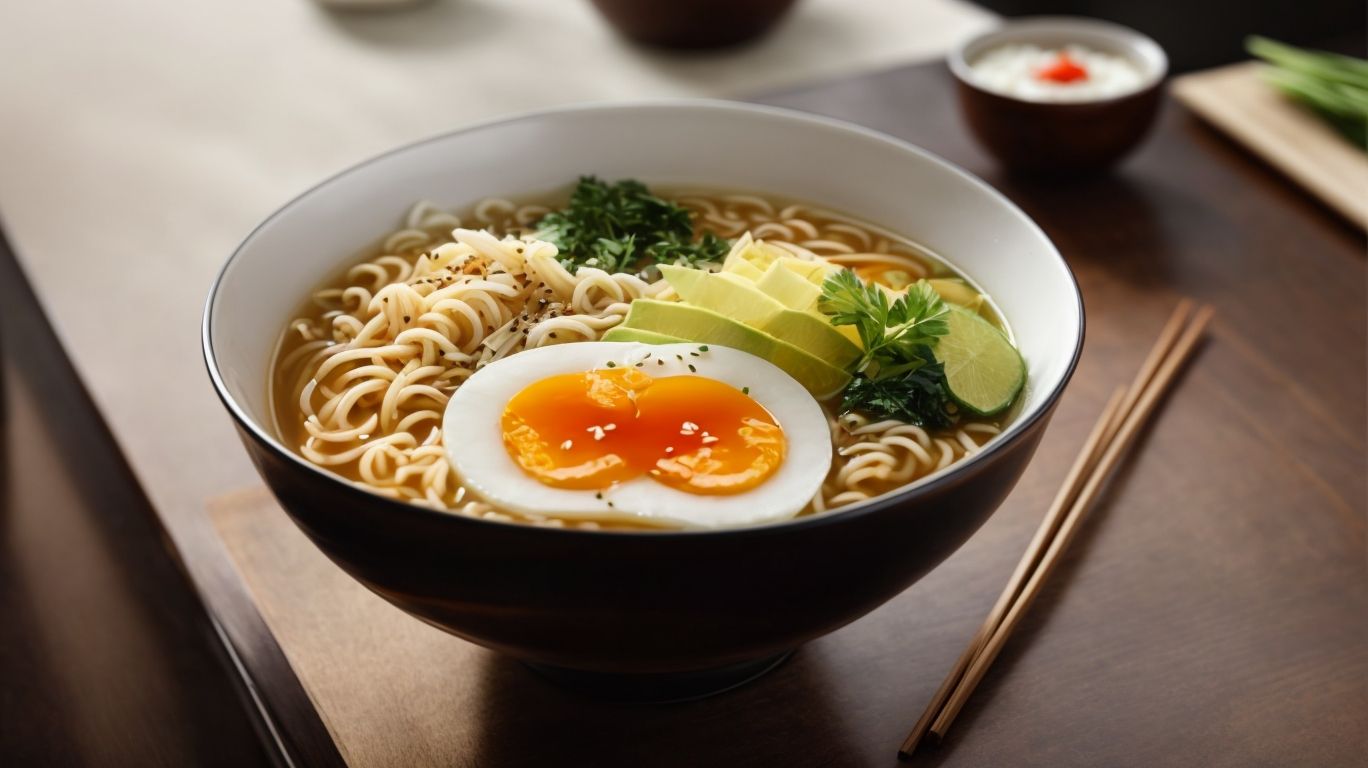
Credits: Poormet.Com – Kenneth Young
Ramen is a popular Japanese noodle dish known for its flavorful broth and versatile toppings, typically featuring wheat noodles in a savory soup base.
Its origins can be traced back to Chinese-style wheat noodles that were introduced to Japan in the late 19th century. Over time, the dish evolved to reflect Japanese tastes, with different regions developing their own unique styles. Ramen is not just a meal but a cultural icon in Japan, representing comfort, warmth, and culinary creativity.
Ramen is commonly made with a combination of ingredients such as broth, noodles, tare (flavoring), and toppings like chashu pork, bamboo shoots, nori, and a soft-boiled egg. There are various types of ramen, including shoyu (soy sauce), tonkotsu (pork bone), miso, and shio (salt) based broths, each offering a distinct flavor profile.
History of Ramen
The history of ramen traces back to Japan, where this iconic noodle dish evolved from Chinese culinary traditions to become a beloved staple in Japanese cuisine.
Historically, ramen arrived in Japan from China during the late 19th century, particularly with the influx of Chinese immigrants. Initially known as ‘Shina Soba,’ the dish underwent significant transformations to suit Japanese tastes and preferences. Over time, ramen became popular across different regions in Japan, each developing its own distinctive variations and flavors. This expansion of ramen culture not only influenced Japanese gastronomy but also became a significant part of the country’s culinary identity, with dedicated ramen shops popping up throughout Japan, showcasing the endless creativity and diversity within this humble noodle soup dish.
Types of Ramen
Ramen comes in various types, from classic tonkotsu to spicy miso, each offering a unique flavor profile and assortment of toppings to suit different preferences.
One popular type of ramen is shoyu, known for its clear brown broth made from soy sauce. It has a savory umami taste that pairs perfectly with slices of tender chashu pork, bamboo shoots, and seaweed.
On the other hand, shio ramen features a light, clear broth seasoned with salt and often includes delicate toppings like spinach, fish cake, and menma (fermented bamboo shoots).
Vegetarian ramen offers a plant-based broth infused with mushrooms, kombu, and seasonal vegetables, creating a comforting and flavorful option suitable for non-meat eaters. Some variations even include tofu, corn, and bean sprouts for added texture and nutrition.
Why Cook Ramen With a Microwave?
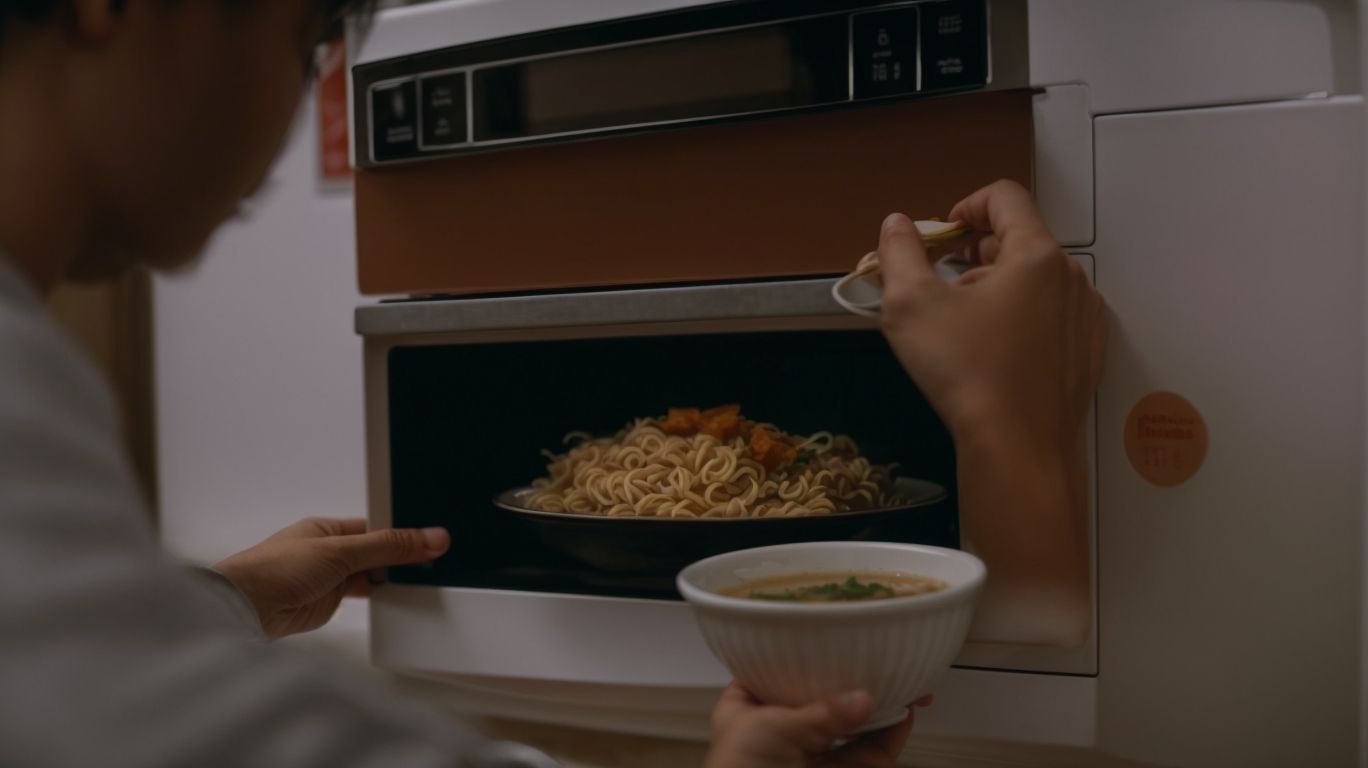
Credits: Poormet.Com – Nathan Adams
Cooking ramen with a microwave offers convenience and quick preparation, making it an ideal choice for busy individuals or those without access to stovetops.
Using a microwave to cook ramen eliminates the need for multiple pots and pans, reducing both the mess and the cleanup time. With precise cooking times and power settings, you can easily achieve the perfect texture and flavor for your noodles. The versatility of microwave cooking allows you to easily customize your ramen with various toppings and seasonings without the hassle of constant monitoring. This method is not only time-efficient but also energy-efficient, as microwaves consume less power compared to traditional stovetops.
Benefits of Microwave Cooking
Microwave cooking offers rapid preparation, minimal cleanup, and precise heating control, making it a popular choice for quick and efficient meal solutions.
One of the key advantages of using a microwave for cooking is the significant time savings it provides. With the ability to quickly heat up food compared to traditional methods, meal preparation becomes much faster and more convenient.
The precise temperature control in a microwave allows for even heating throughout, reducing the risk of overcooking or burning food. This ensures that dishes are cooked to perfection each time.
The easy cleanup associated with microwave cooking is a major benefit. With fewer pots, pans, and utensils used, there is less mess to clean up afterward, simplifying the post-cooking process.
When is Microwave Cooking Not Recommended?
While microwave cooking is convenient, some dishes may not achieve the same depth of flavor or texture as traditional cooking methods, especially for complex recipes requiring nuanced tastes.
One common issue with microwave cooking is the inability to properly brown or caramelize certain ingredients, which can impact the overall taste of the dish. The microwave’s rapid cooking method may also result in uneven heating, leading to inconsistent textures in foods like meats or vegetables. When cooking with a microwave, it can be challenging to achieve the same level of crispiness or crust that traditional methods, such as baking or frying, provide.
How to Cook Ramen With a Microwave?
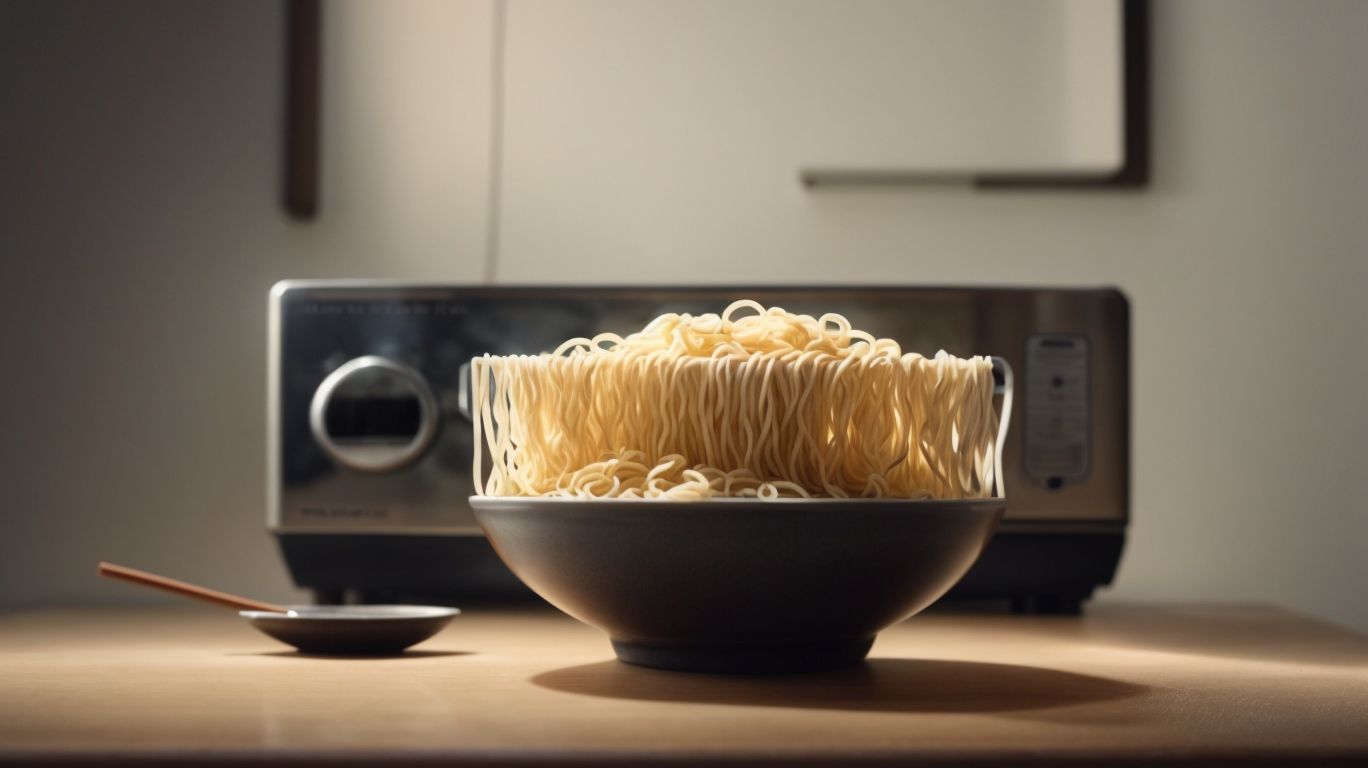
Credits: Poormet.Com – John Scott
Cooking ramen in a microwave is a simple process that involves adding noodles, water, and flavoring, then microwaving until the noodles are tender and the broth is flavorful.
Gather your ramen noodles, flavoring packet, and a microwave-safe bowl.
- Next, break the noodles into the bowl and add water. It’s essential to ensure the noodles are fully submerged for even cooking.
- After that, sprinkle the flavoring packet over the noodles and water.
- Then, cover the bowl with a microwave-safe plate.
- Now, microwave on high for about three minutes, or until the water is boiling and the noodles are soft.
- Cautiously remove the bowl from the microwave and let it sit for a minute before stirring and enjoying your delicious ramen!
Step 1: Gather Ingredients and Tools
To start cooking ramen in a microwave, gather your ingredients such as noodles, flavor packets, water, and any desired spices or additional toppings in a microwave-safe bowl.
Once you have gathered your ingredients, select a microwave-safe bowl that is large enough to accommodate the noodles and water without overflowing during the cooking process. It’s important to ensure that the bowl is labeled as microwave-safe to prevent any accidents while preparing your meal.
Next, consider the spice choices to enhance the flavor profile of your ramen. Common spices like garlic powder, soy sauce, sriracha, or sesame oil can add depth and complexity to the dish.
Step 2: Prepare the Ramen Noodles
Once the ingredients are ready, place the ramen noodles in the bowl, cover them with water, and loosely cover the bowl with a lid before microwaving to ensure even cooking.
It is crucial to add just enough water to submerge the noodles completely, allowing them to cook thoroughly and absorb the flavor of the seasoning.
When covering the bowl, make sure to leave a small vent to prevent pressure buildup. This helps in maintaining the right temperature for the noodles to cook evenly.
Once the bowl is prepared, set the microwave to high and cook for around 3-4 minutes, depending on the wattage of your microwave. Be cautious when removing the hot bowl, and let it sit for a minute before uncovering and enjoying your delicious bowl of ramen noodles.
Step 3: Add Flavoring Packet and Water
After cooking the noodles, add the flavoring packet and desired amount of water to the bowl, stirring well to ensure the seasoning is evenly distributed before microwaving.
Next, when the mixture is ready, take the ramen sauce of your choice and carefully pour it over the noodles. Make sure to cover all parts of the ramen to achieve a balanced and delicious flavor profile. With a spoon or chopsticks, gently mix the sauce into the noodles, ensuring each strand gets coated for a consistent taste throughout. Remember, the key to perfect ramen is the right balance of seasoning and liquid, so adjust the amount of sauce according to your preference before giving it a final stir. Embrace the art of ramen seasoning with precision and enjoy the culmination of flavors in every bite.
Step 4: Microwave the Ramen
Microwave the prepared ramen on high for a specified time, ensuring the noodles are cooked through and the broth reaches the desired temperature for a delicious and satisfying meal.
To achieve the perfect texture, make sure to use a microwave-safe bowl or container to heat up the ramen.
Place the bowl in the center of the microwave to promote even cooking. Cooking times may vary depending on the power of your microwave, but typically, heating for 2-3 minutes should be sufficient.
After the initial cooking time, carefully remove the bowl (using oven mitts if it’s hot) and give the ramen a stir to ensure all parts are heated evenly.
Step 5: Let it Sit and Enjoy!
Allow the microwaved ramen to sit for a brief period to let the flavors meld together, then enjoy your delicious meal with a spoon or chopsticks for an authentic ramen experience.
Once the ramen has rested, take the first mouthwatering slurp, allowing the rich broth and tender noodles to tantalize your taste buds. As you savor each bite, pay attention to the interplay of flavors – the umami richness, the subtle sweetness, the savory notes dancing on your palate. Taste the complexity of the broth, the freshness of the toppings, and the perfect texture of the noodles.
Enjoy the comforting warmth of the dish, feeling it nourish both your body and soul. Let the experience of indulging in a bowl of ramen transport you to a world of culinary delight, a temporary escape from the hustle and bustle. The art of taste expands beyond the mere act of eating; it becomes a journey of discovery and pleasure.”
Tips and Tricks for Perfect Microwave Ramen
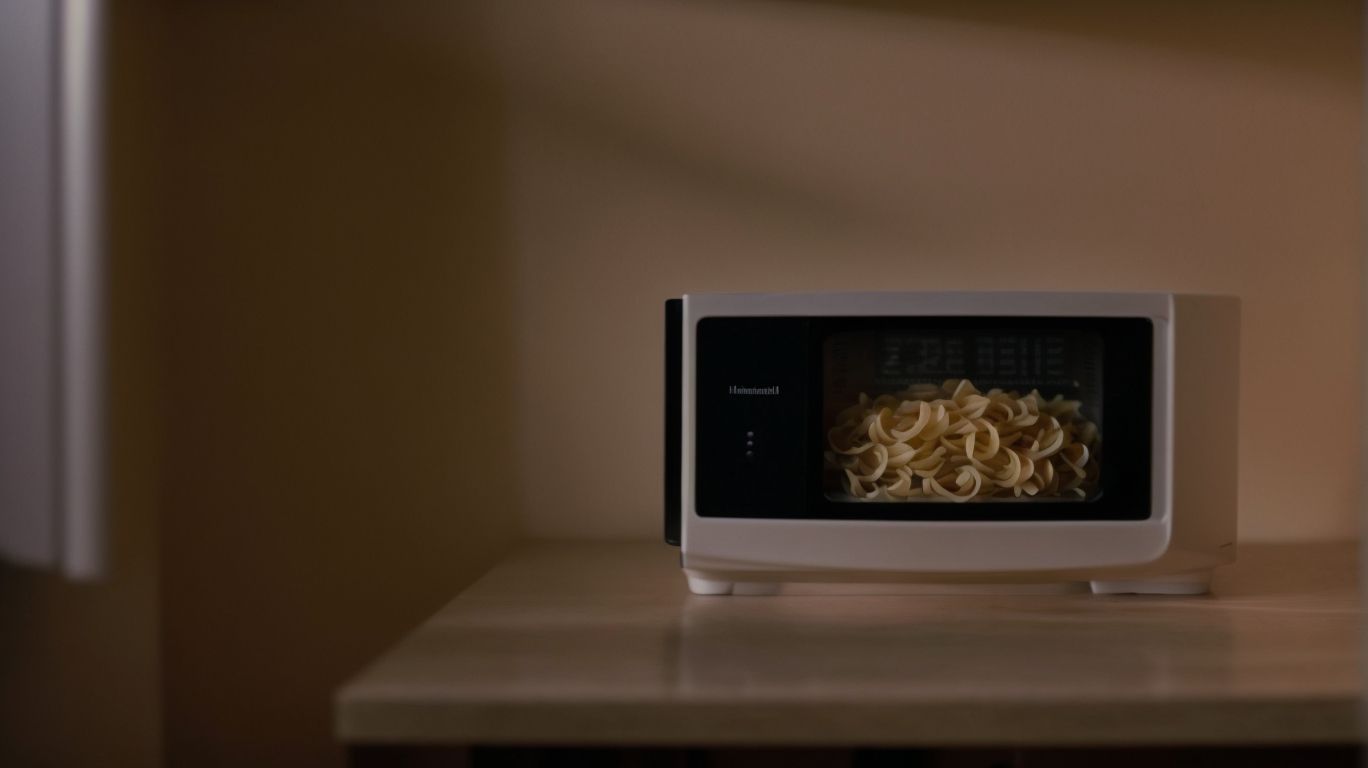
Credits: Poormet.Com – George Hall
To elevate your microwave ramen game, consider customizing your toppings, adjusting cooking times to avoid overcooking or undercooking, and experimenting with different flavor combinations.
Regarding customizing your ramen toppings, think beyond the basic seasoning packet. Add protein like cooked chicken, tofu, or a boiled egg. Vegetables such as sliced mushrooms, spinach, or green onions can also bring a fresh twist.
For cooking adjustments, be mindful of the power of your microwave and start with shorter time intervals, checking the consistency as you go. Steer clear of overcooking by stopping the microwave just before the noodles are fully done—they will continue to cook in the hot broth. To avoid undercooking, give the noodles a stir halfway through cooking to ensure even heating.
Don’t be afraid to mix and match flavors. Try adding a dash of soy sauce, sesame oil, chili paste, or even peanut butter to create unique taste profiles that suit your preferences.
How to Customize Your Ramen
Personalize your ramen by adding chopped vegetables, extra sauces like soy sauce or sesame oil, and a boiled egg for a personalized touch that suits your taste preferences.
Experimenting with various fresh vegetables such as bok choy, shiitake mushrooms, or bamboo shoots can elevate the nutritional profile and add different textures to your ramen. You can explore different sauces such as miso paste, chili oil, or hoisin sauce to create unique flavor profiles.
How to Avoid Overcooking or Undercooking
To prevent overcooking or undercooking your ramen, follow the package directions, adjust cooking times as needed, and test for doneness before serving to ensure perfectly cooked noodles.
When following the package directions, keep in mind that the suggested cooking times may vary slightly based on the heat intensity of your stove, the thickness of the noodles, or even the brand of ramen you are using. Experiment with reducing or increasing the cooking time by a minute or two to achieve your desired noodle texture. However, be cautious to not overcook the noodles, as they can quickly turn mushy and lose their ideal chewy consistency.
Conclusion and Final Thoughts
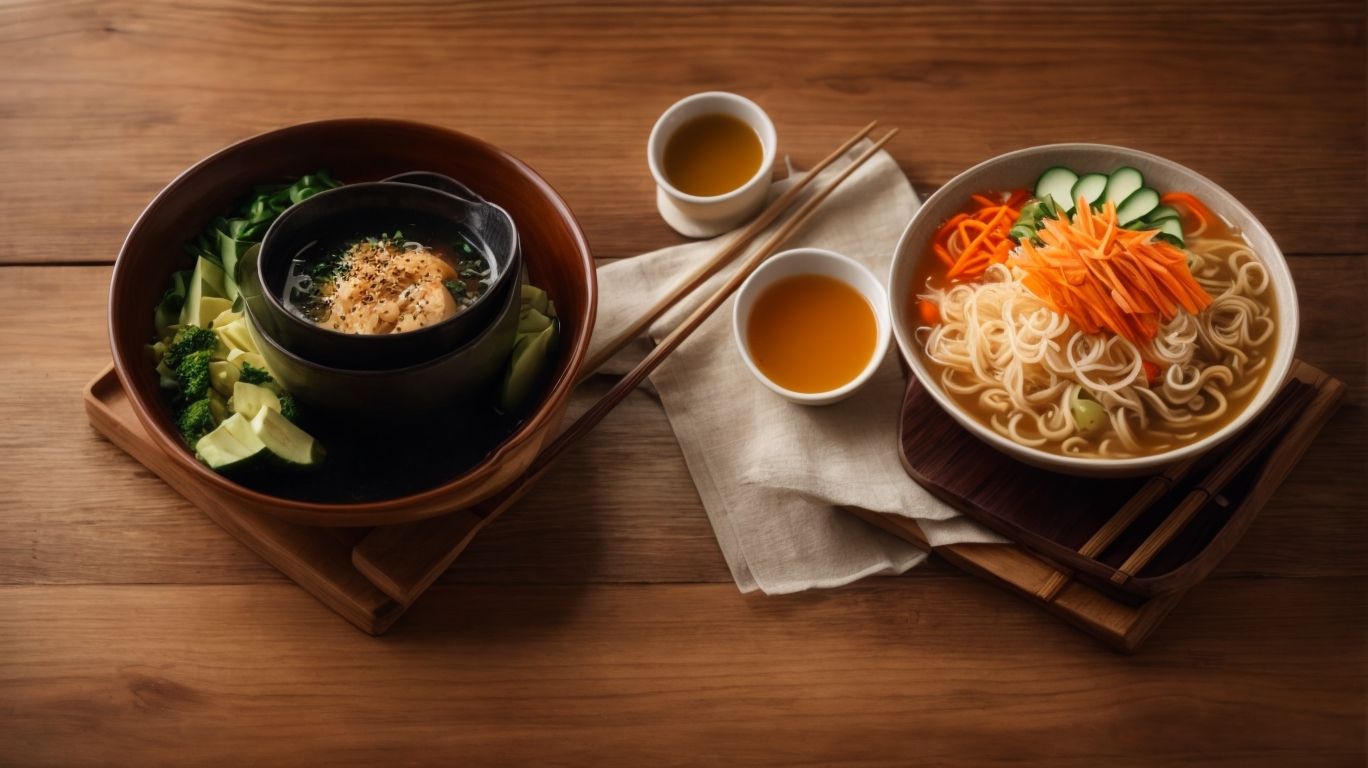
Credits: Poormet.Com – Benjamin Hill
Cooking ramen in a microwave offers a quick and easy meal solution that can be customized to suit individual tastes, making it a versatile and convenient option for satisfying cravings in minutes.
By choosing to microwave ramen, one can enjoy the flexibility of creating a dish that caters to personal preferences easily. The process is not only time-efficient but also requires minimal effort, perfect for those hectic days when a satisfying meal is needed in no time. With a myriad of flavor options available, one can experiment with various ingredients to elevate the basic ramen recipe into a delightful culinary experience. This method also allows for portion control and is a budget-friendly way to enjoy a fulfilling meal without compromising on taste.
Frequently Asked Questions
1. How do I cook perfect ramen with a microwave?
To cook perfect ramen with a microwave, first fill a microwave-safe bowl with water and place it in the microwave. Heat the water for 2-3 minutes until it starts to boil. Then, add the ramen noodles and seasoning and cook for an additional 2-3 minutes.
2. Can I use any type of bowl to cook ramen in the microwave?
It is recommended to use a microwave-safe bowl to cook ramen in the microwave. Using a non-microwave-safe bowl may cause it to shatter or release harmful chemicals into your food.
3. How much water should I use when cooking ramen in the microwave?
The amount of water you use will depend on the instructions on the ramen package. Generally, it is recommended to use 2 cups of water for one packet of ramen.
4. Can I add vegetables or protein to my ramen while cooking it in the microwave?
Yes, you can add vegetables or protein to your ramen while cooking it in the microwave. Just make sure to add them in after the noodles have been cooked, as they may require a shorter cooking time.
5. How long should I cook ramen in the microwave?
The cooking time for ramen in the microwave will vary depending on the wattage of your microwave and the type of noodles. It is recommended to check the package instructions and adjust the cooking time accordingly.
6. Is it safe to eat ramen cooked in the microwave?
Yes, it is safe to eat ramen cooked in the microwave as long as you follow the package instructions and use a microwave-safe bowl. Just make sure to let the ramen cool down for a few minutes before eating to avoid burning your mouth.


